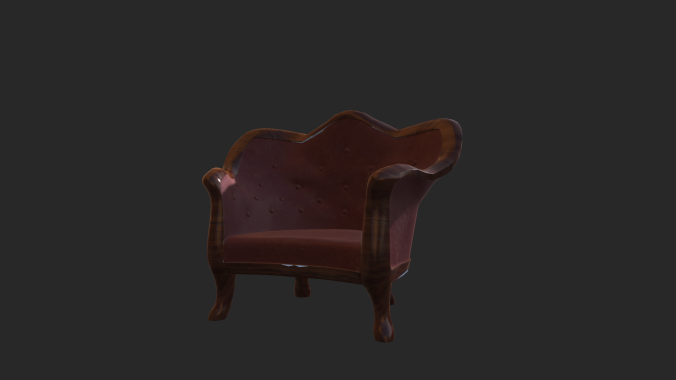For one of my cross-disciple projects this trimester I worked on a 2D pixel art game in a domestic interior setting. It was super fun to learn and slowly be able to flesh out a house using tilesets and sprites.
I found this video super helpful, and informed basically the entire process I took:
Here are all the assets I made! I ended up making much more than what was needed because the game designers wanted the assets from all four angles, and even though I discussed how it was unnecessary with them it only actually changed at the very end when the games programmers went through and cut the unneeded angles out with me, which saved me a bunch of time.
![]()
note:i didn’t make the rug or wooden block assets (ones without thumbnail)
For a better view I threw together at least one angle of every asset below!

And here are the animated character sprites I made! The game went under quite a huge change just after I had finished the mother’s walk cycle and it didn’t end up getting used, but I think it was a good practice for walk cycle that would actually be used in game.


All of these assets had to adhere to the 128×128 tile set size and be submitted as .psd files and be aligned appropriately depending on what direction they were facing. For the animated sprites, each frame had to be centered in one of these 128×128 tiles and be place logically so they would look right and be easy to implement in engine. (ANM220.LO08 Investigate and implement art production pipelines for artists working in real time environments.) (ANM220.LO20 Create visual assets for other creative media projects to a documented specification)
I wasn’t really given a set style to work from for the interior assets other than simple, but tried to stick with a simple and slightly dated decor and tried to repeat certain textures and colors thought the assets to give a more unified feel. (ANM220.LO10 Combine elements with consideration of visual fundamentals to produce aesthetically cohesive work)






